
Hawaii, Wyoming lead the country in primary care doctor shortages
This story originally appeared on Sana and was produced and distributed in partnership with Stacker Studio.
Hawaii, Wyoming lead the country in primary care doctor shortages
The United States is short more than 17,000 primary care doctors—a number almost as high as the deficit in dental and mental health professionals combined.
A variety of factors have led to the worsening shortage. The high cost and time commitment required to become a doctor, an aging population outpacing the number of doctors entering the field, and burnout stemming from long hours and understaffed facilities rank high among them.
Amid the COVID-19 pandemic, telehealth grew exponentially for first-time consultations and follow-ups. Even with most lockdowns and social restrictions having ended, telehealth remains a viable option for outpatient consultations and pre-office evaluations largely because it's easier and more convenient to access than having to commute to a doctor's office.
In addition to telehealth, some areas offer programs designed to help fill the medical needs gap. According to the National Association of Community Health Centers, there has been a significant increase in mobile health clinics—clinics that travel into underserved communities to see patients—since 2019. Moreover, Congress' passage of the MOBILE Healthcare Act in 2022 paves the way for even more mobile clinics by allowing qualified providers to use federal money to fund them. But despite this and other initiatives, some 99 million people live in areas—both rural and urban—where there is insufficient access to primary medical care.
Sana compiled 2022 data from the Health Resources and Services Administration and Census Bureau to determine how many people in each state live in geographic Health Professional Shortage Areas (HPSAs) that specifically lack primary care facilities. States are ranked by the share of their total populations that live in geographic shortage areas and high-need geographic shortage areas—those with higher-than-average needs for care that have a doctor-to-patient ratio of 3000-to-1 or higher. Washington D.C., New Jersey, Delaware, Connecticut, and Vermont did not have reported shortage areas.
Read on to see where your state stands.

#46. Pennsylvania
- Share of state population living in primary care shortage areas: 0.18% (23,676 people)
--- Share in high-need shortage areas: 0.14% (17,697 people)
--- Share in other geographic shortage areas: 0.05% (5,979 people)
- Among shortage area populations, 38.98% live in rural communities
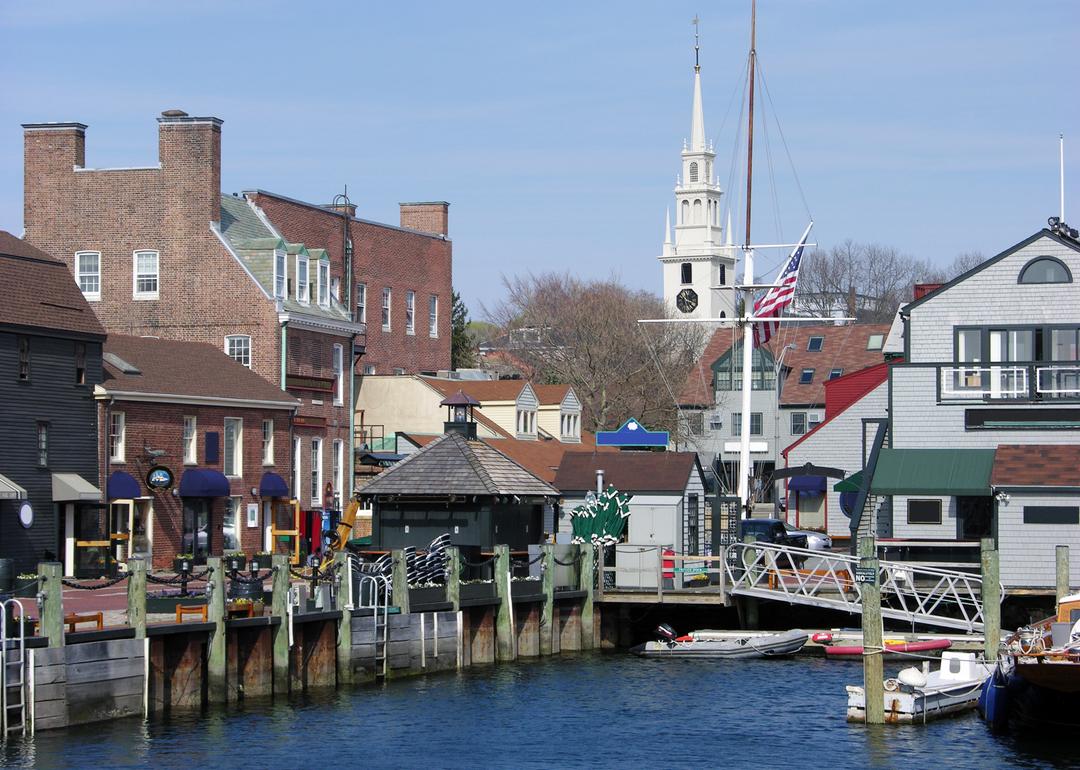
#45. Rhode Island
- Share of state population living in primary care shortage areas: 0.35% (3,778 people)
--- Share in high-need shortage areas: None
--- Share in other geographic shortage areas: 0.35% (3,778 people)
- Among shortage area populations, 100.00% live in rural communities

#44. Kansas
- Share of state population living in primary care shortage areas: 1.08% (31,715 people)
--- Share in high-need shortage areas: None
--- Share in other geographic shortage areas: 1.08% (31,715 people)
- Among shortage area populations, 100.00% live in rural communities

#43. Massachusetts
- Share of state population living in primary care shortage areas: 1.55% (108,326 people)
--- Share in high-need shortage areas: None
--- Share in other geographic shortage areas: 1.55% (108,326 people)
- Among shortage area populations, 53.34% live in rural communities
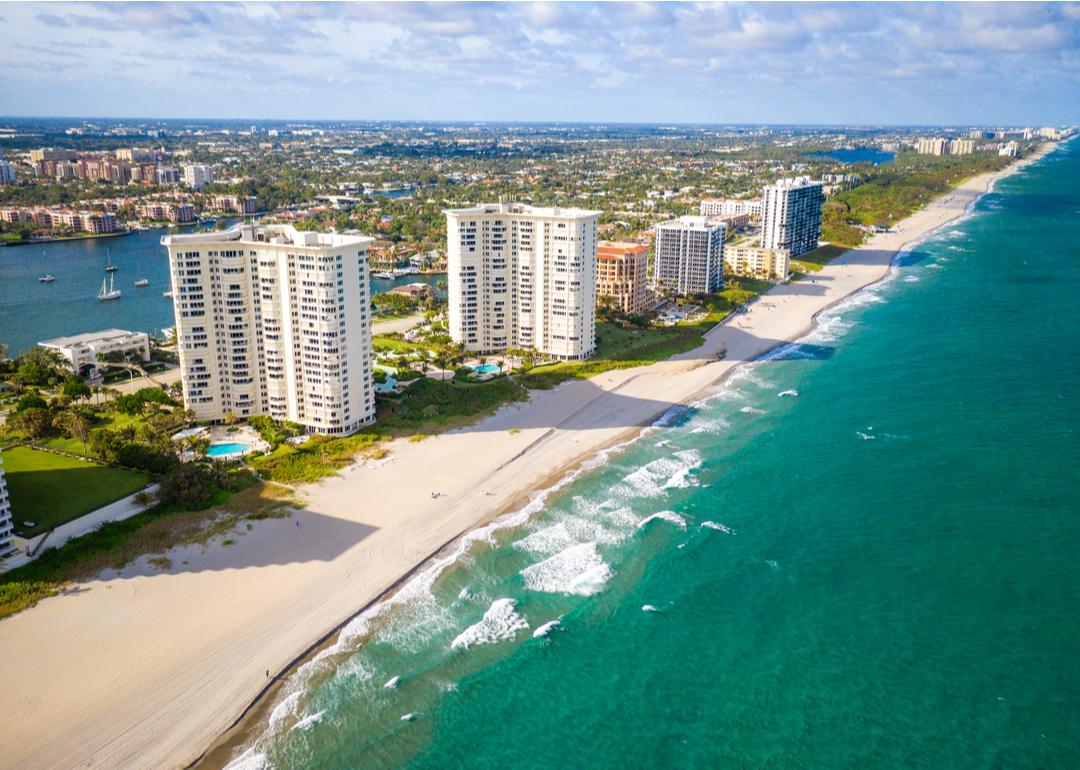
#42. Florida
- Share of state population living in primary care shortage areas: 1.60% (355,091 people)
--- Share in high-need shortage areas: 0.49% (109,510 people)
--- Share in other geographic shortage areas: 1.10% (245,581 people)
- Among shortage area populations, 77.13% live in rural communities

#41. New York
- Share of state population living in primary care shortage areas: 1.67% (328,400 people)
--- Share in high-need shortage areas: None
--- Share in other geographic shortage areas: 1.67% (328,400 people)
- Among shortage area populations, 14.33% live in rural communities

#40. Maine
- Share of state population living in primary care shortage areas: 1.80% (24,921 people)
--- Share in high-need shortage areas: 0.25% (3,492 people)
--- Share in other geographic shortage areas: 1.55% (21,429 people)
- Among shortage area populations, 100.00% live in rural communities
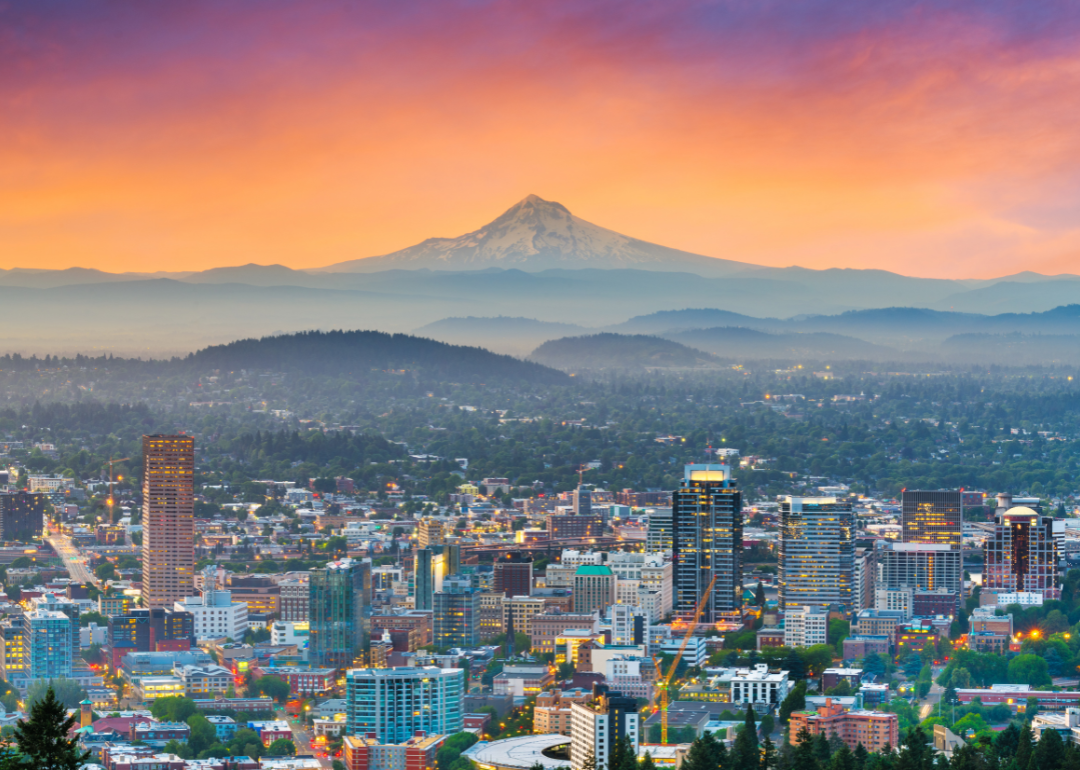
#39. Oregon
- Share of state population living in primary care shortage areas: 1.94% (82,448 people)
--- Share in high-need shortage areas: 0.11% (4,629 people)
--- Share in other geographic shortage areas: 1.84% (77,819 people)
- Among shortage area populations, 34.08% live in rural communities

#38. Nebraska
- Share of state population living in primary care shortage areas: 1.98% (38,914 people)
--- Share in high-need shortage areas: None
--- Share in other geographic shortage areas: 1.98% (38,914 people)
- Among shortage area populations, 35.06% live in rural communities
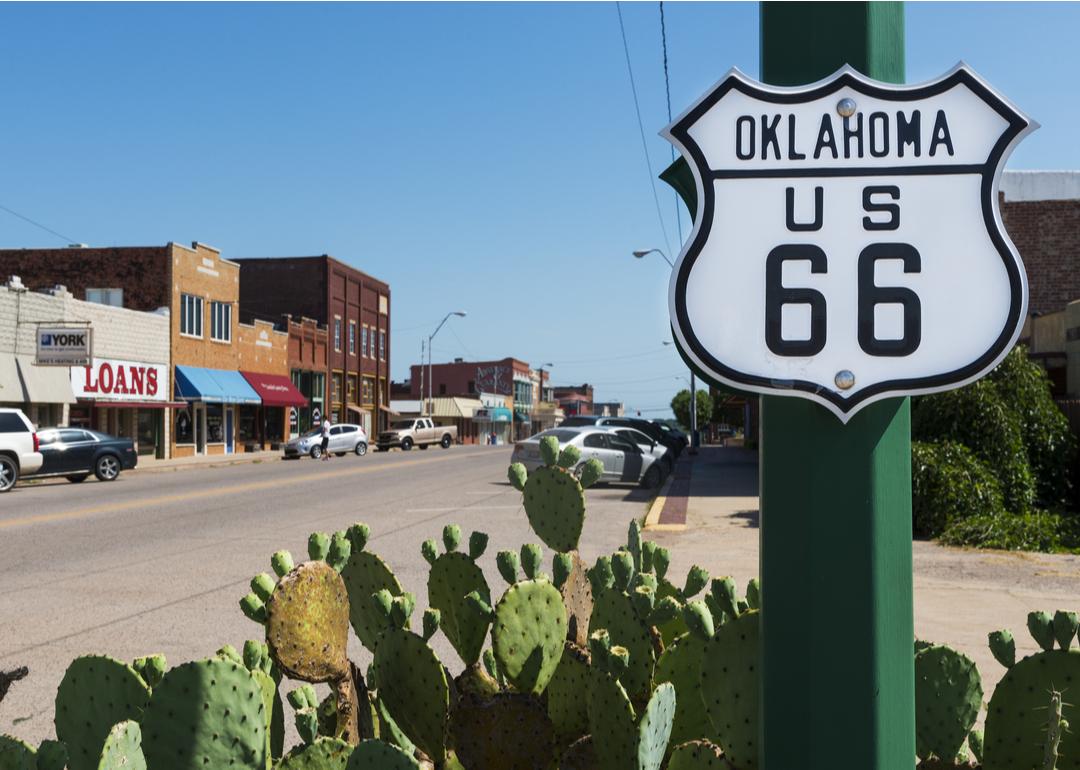
#37. Oklahoma
- Share of state population living in primary care shortage areas: 2.39% (96,144 people)
--- Share in high-need shortage areas: 1.06% (42,705 people)
--- Share in other geographic shortage areas: 1.33% (53,439 people)
- Among shortage area populations, 100.00% live in rural communities

#36. North Carolina
- Share of state population living in primary care shortage areas: 2.67% (285,785 people)
--- Share in high-need shortage areas: 0.50% (53,884 people)
--- Share in other geographic shortage areas: 2.17% (231,901 people)
- Among shortage area populations, 38.90% live in rural communities
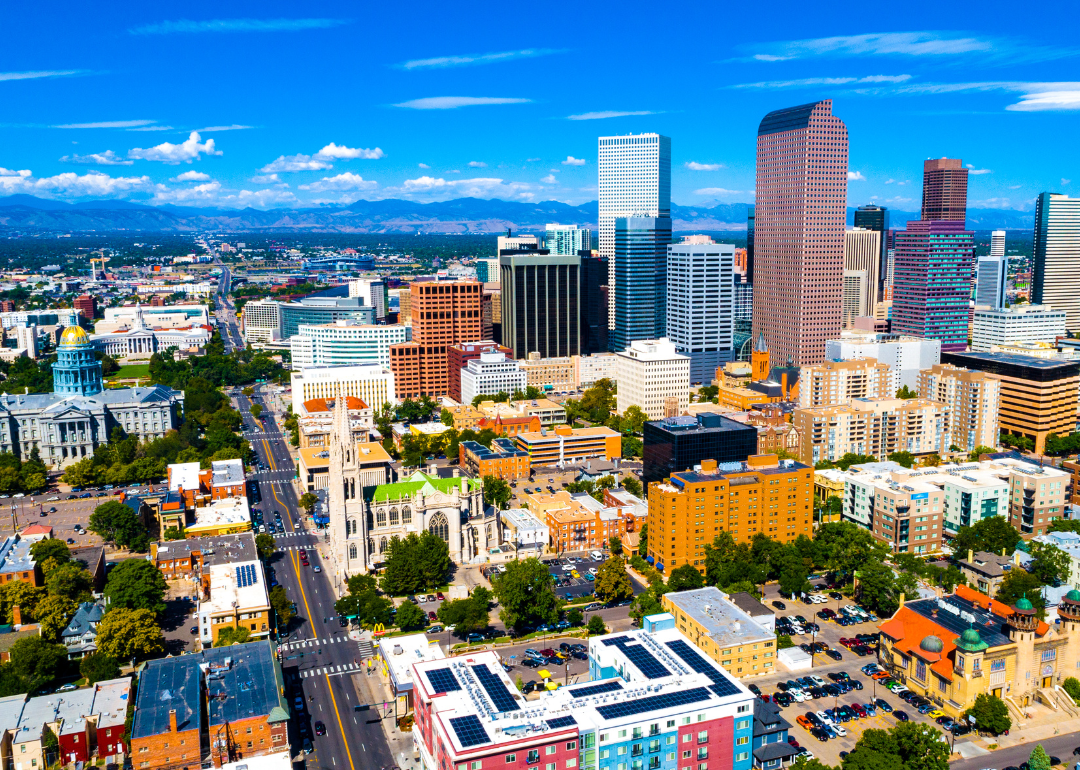
#35. Colorado
- Share of state population living in primary care shortage areas: 3.15% (184,059 people)
--- Share in high-need shortage areas: None
--- Share in other geographic shortage areas: 3.15% (184,059 people)
- Among shortage area populations, 72.18% live in rural communities
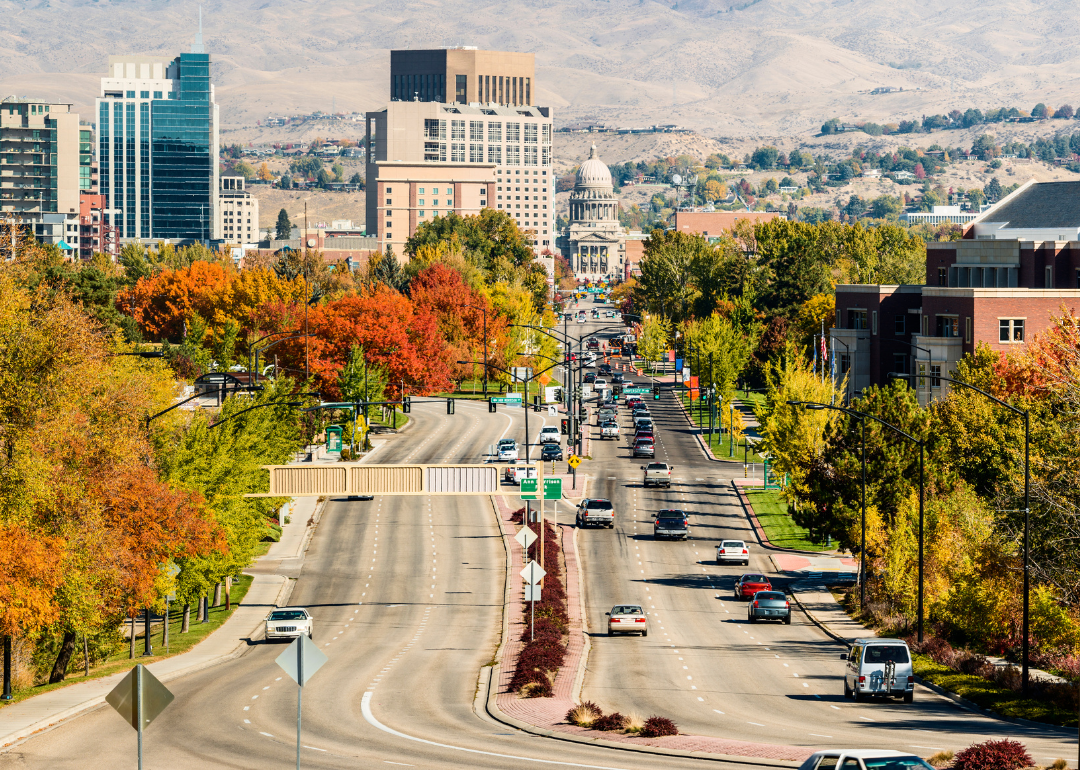
#34. Idaho
- Share of state population living in primary care shortage areas: 3.87% (75,084 people)
--- Share in high-need shortage areas: 0.59% (11,385 people)
--- Share in other geographic shortage areas: 3.29% (63,699 people)
- Among shortage area populations, 100.00% live in rural communities
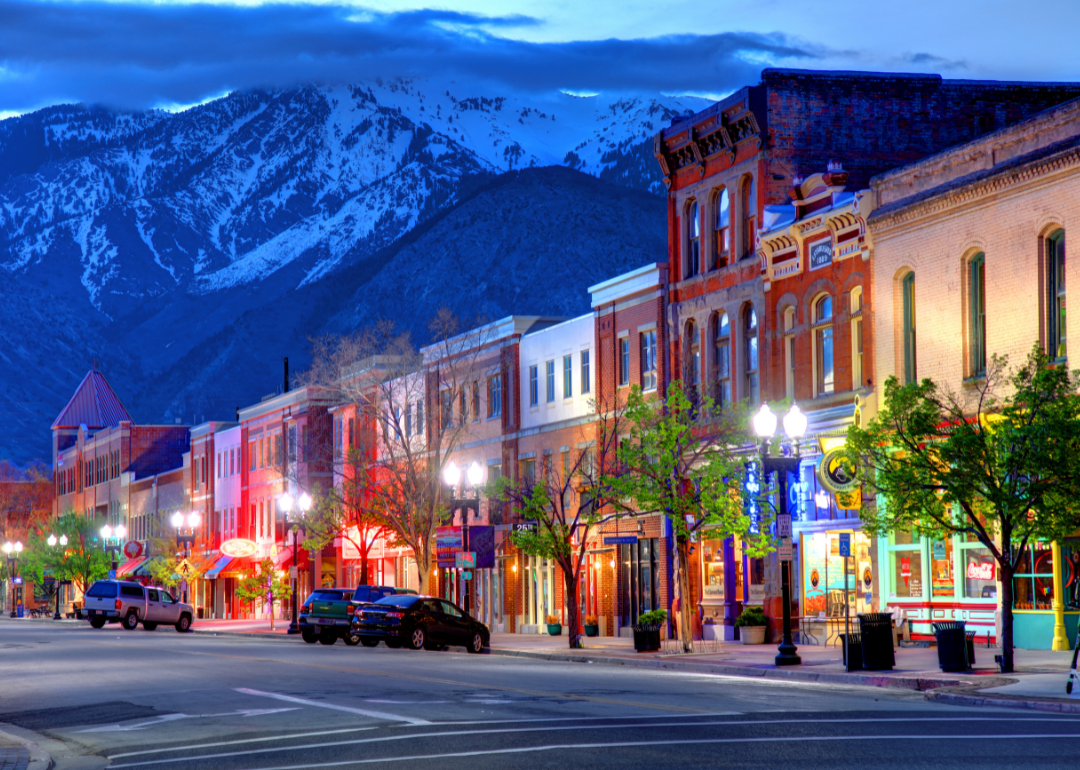
#33. Utah
- Share of state population living in primary care shortage areas: 3.96% (133,923 people)
--- Share in high-need shortage areas: 0.05% (1,831 people)
--- Share in other geographic shortage areas: 3.91% (132,092 people)
- Among shortage area populations, 100.00% live in rural communities
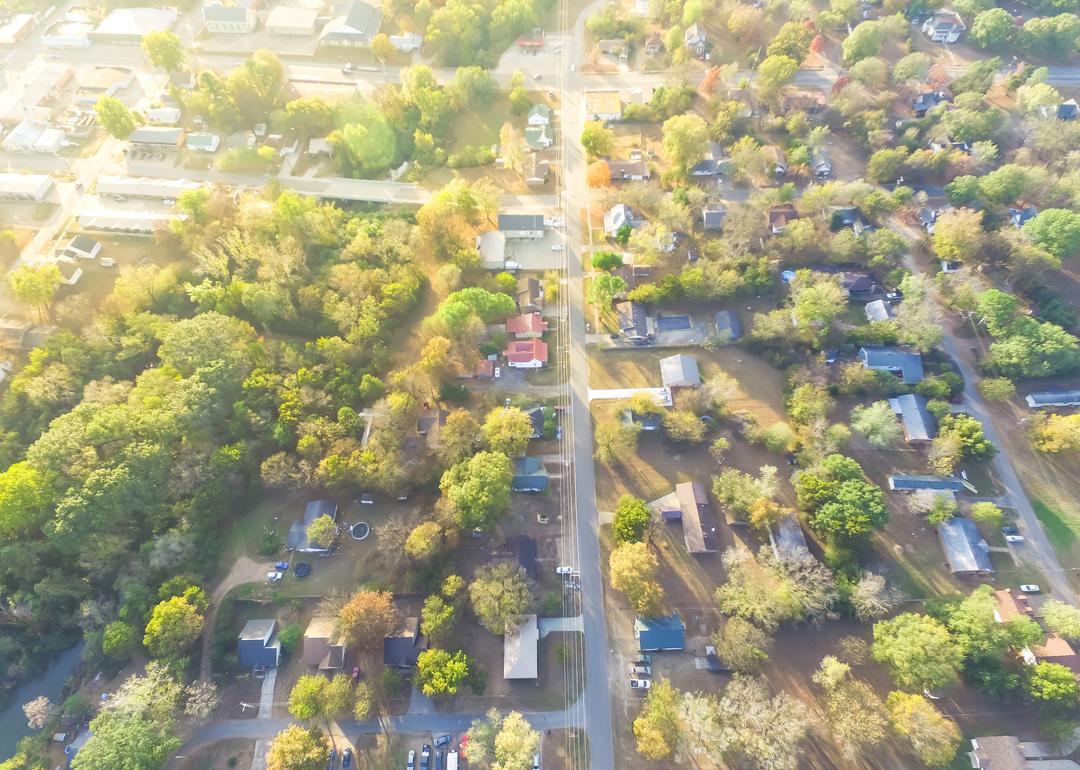
#32. Arkansas
- Share of state population living in primary care shortage areas: 4.19% (127,586 people)
--- Share in high-need shortage areas: 2.33% (71,032 people)
--- Share in other geographic shortage areas: 1.86% (56,554 people)
- Among shortage area populations, 100.00% live in rural communities
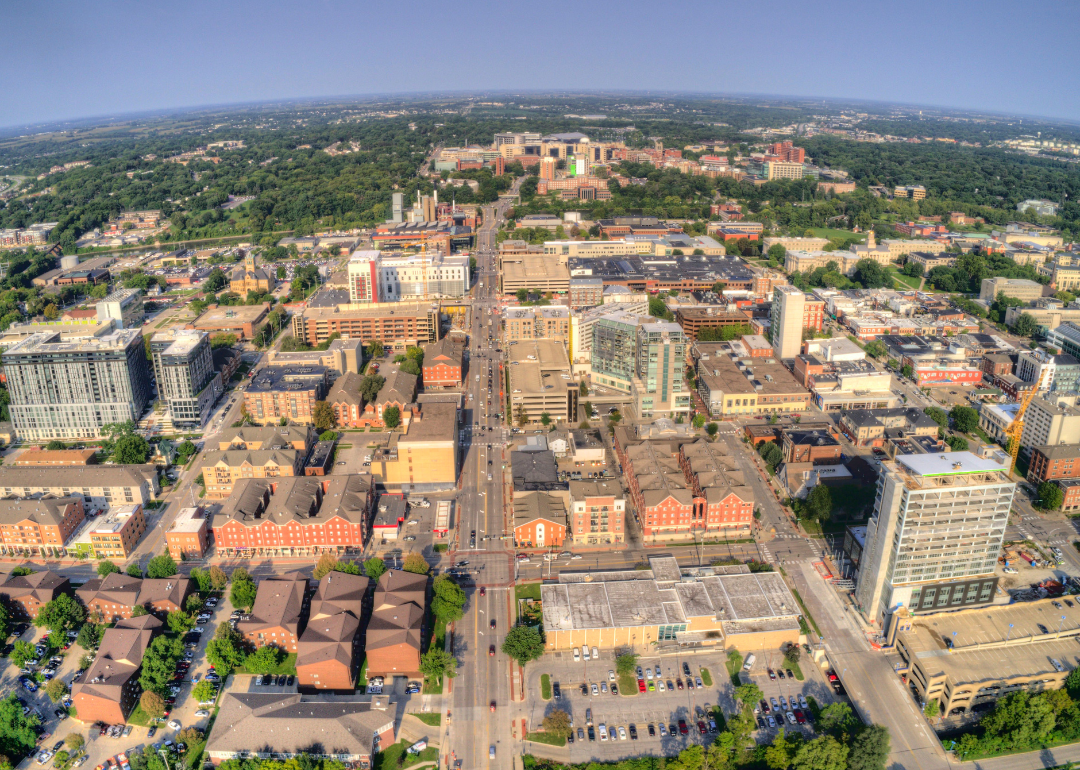
#31. Iowa
- Share of state population living in primary care shortage areas: 4.74% (151,588 people)
--- Share in high-need shortage areas: None
--- Share in other geographic shortage areas: 4.74% (151,588 people)
- Among shortage area populations, 94.32% live in rural communities
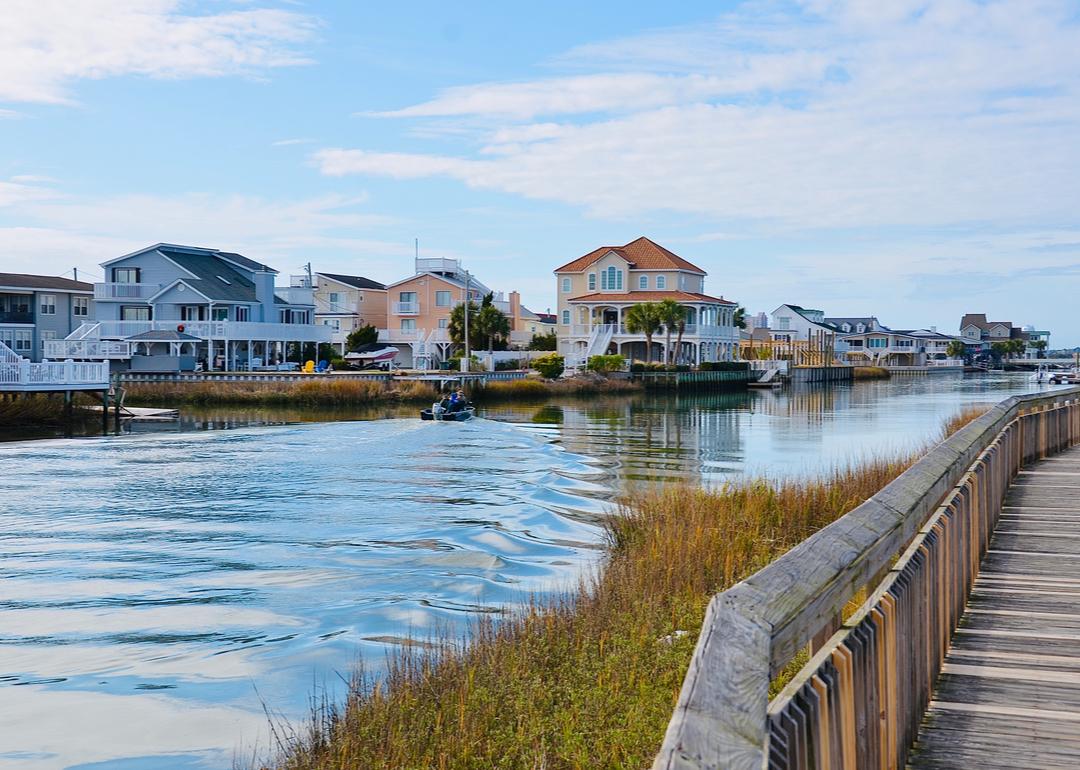
#30. South Carolina
- Share of state population living in primary care shortage areas: 4.95% (261,443 people)
--- Share in high-need shortage areas: 4.60% (243,247 people)
--- Share in other geographic shortage areas: 0.34% (18,196 people)
- Among shortage area populations, 91.47% live in rural communities

#29. Michigan
- Share of state population living in primary care shortage areas: 5.24% (525,446 people)
--- Share in high-need shortage areas: 4.27% (428,708 people)
--- Share in other geographic shortage areas: 0.96% (96,738 people)
- Among shortage area populations, 14.44% live in rural communities
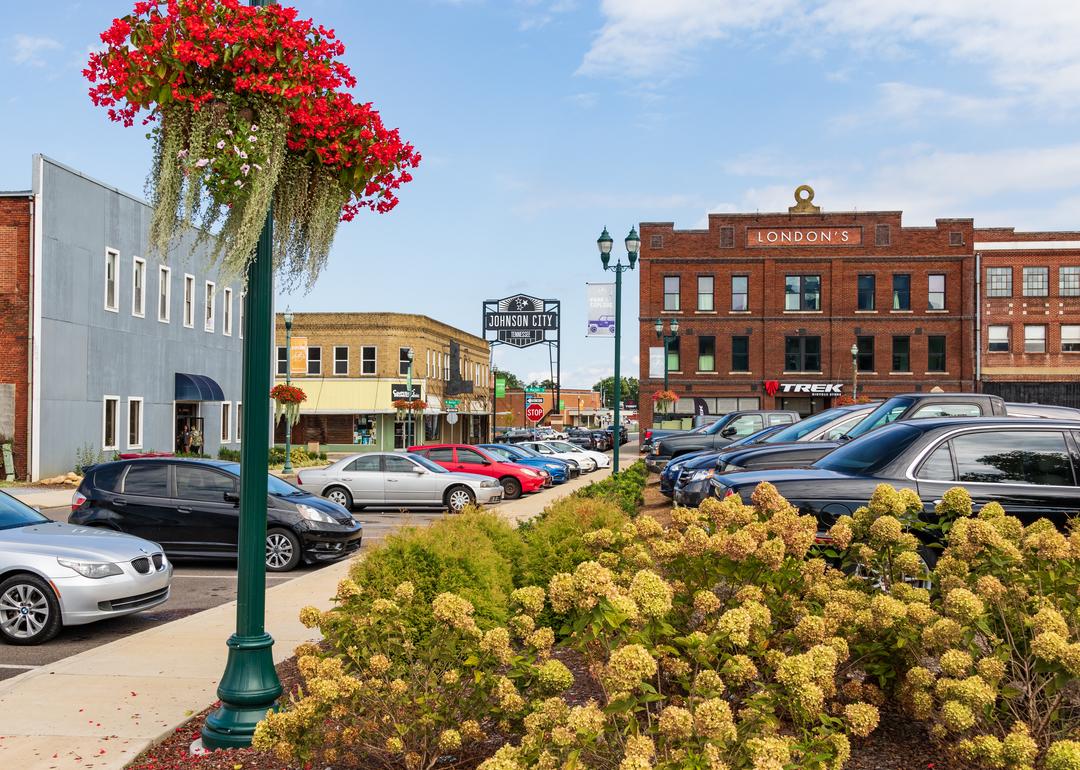
#28. Tennessee
- Share of state population living in primary care shortage areas: 5.28% (372,150 people)
--- Share in high-need shortage areas: 2.23% (157,013 people)
--- Share in other geographic shortage areas: 3.05% (215,137 people)
- Among shortage area populations, 81.39% live in rural communities

#27. New Hampshire
- Share of state population living in primary care shortage areas: 5.52% (76,959 people)
--- Share in high-need shortage areas: None
--- Share in other geographic shortage areas: 5.52% (76,959 people)
- Among shortage area populations, 100.00% live in rural communities
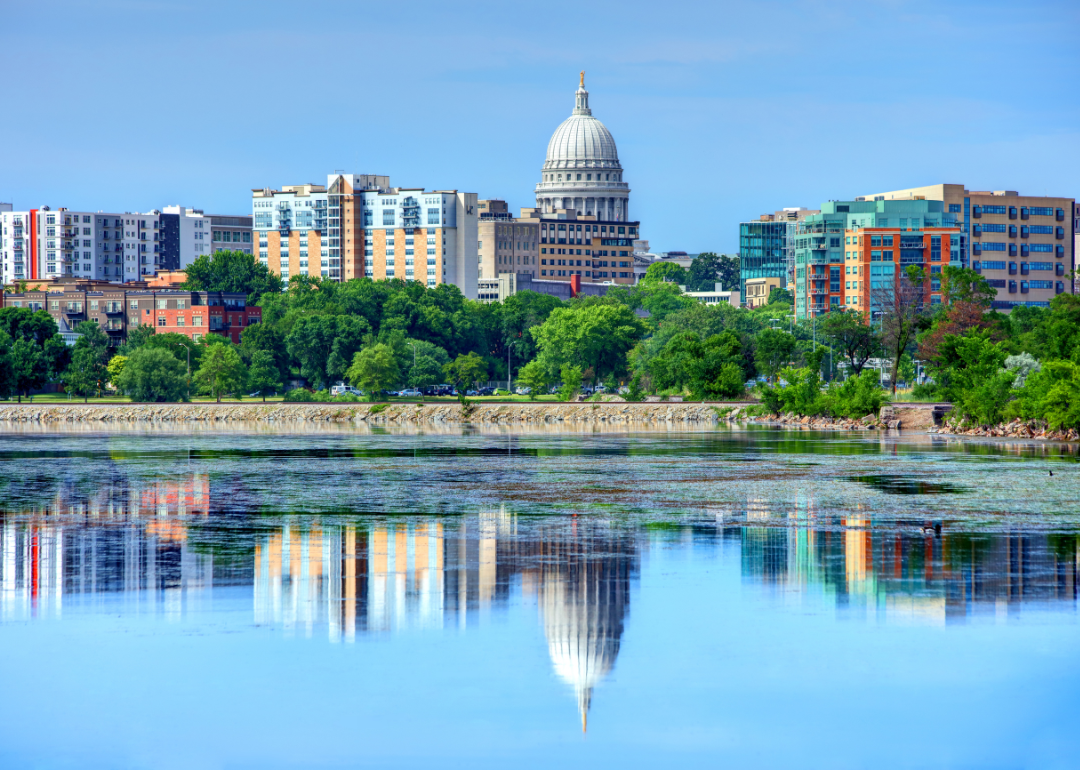
#26. Wisconsin
- Share of state population living in primary care shortage areas: 6.38% (375,861 people)
--- Share in high-need shortage areas: 4.12% (242,823 people)
--- Share in other geographic shortage areas: 2.26% (133,038 people)
- Among shortage area populations, 25.50% live in rural communities
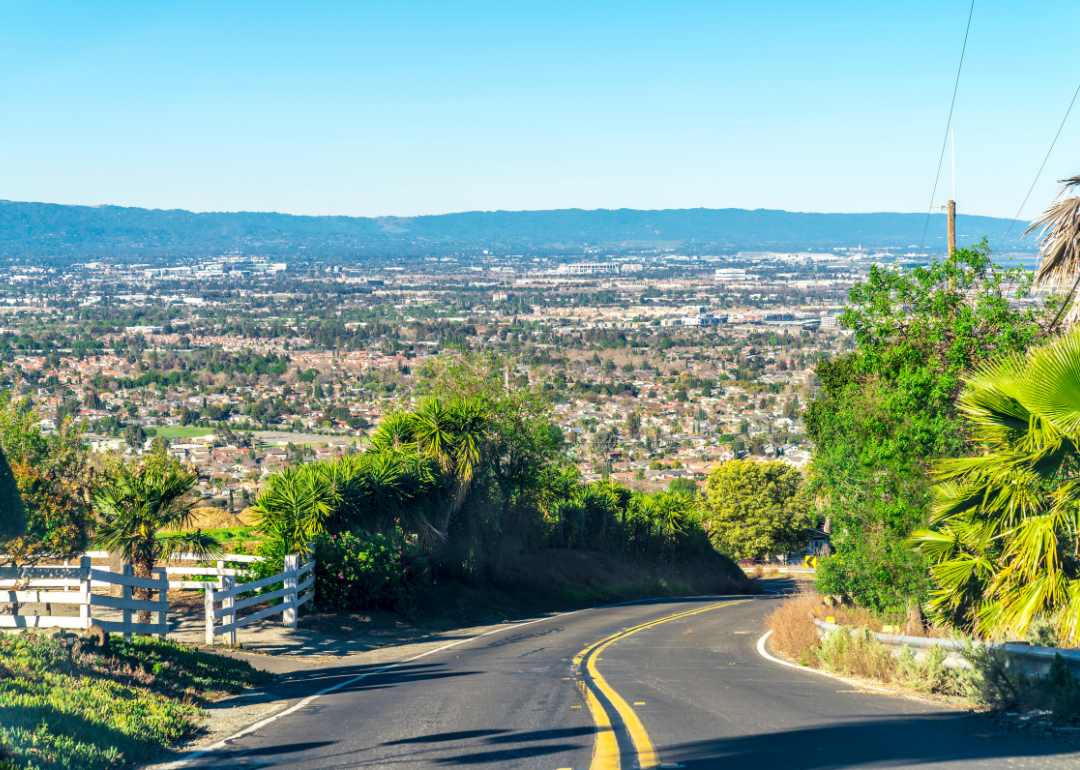
#25. California
- Share of state population living in primary care shortage areas: 6.51% (2,540,550 people)
--- Share in high-need shortage areas: 4.34% (1,694,817 people)
--- Share in other geographic shortage areas: 2.17% (845,733 people)
- Among shortage area populations, 44.79% live in rural communities
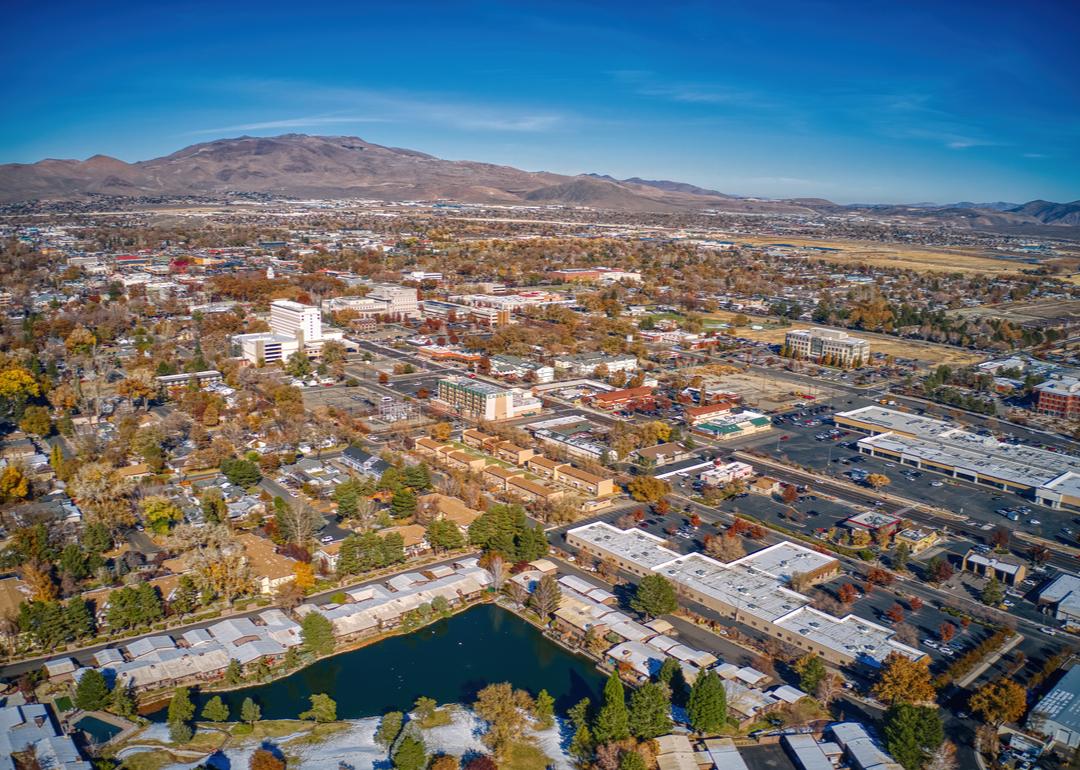
#24. Nevada
- Share of state population living in primary care shortage areas: 6.65% (211,406 people)
--- Share in high-need shortage areas: None
--- Share in other geographic shortage areas: 6.65% (211,406 people)
- Among shortage area populations, 74.89% live in rural communities
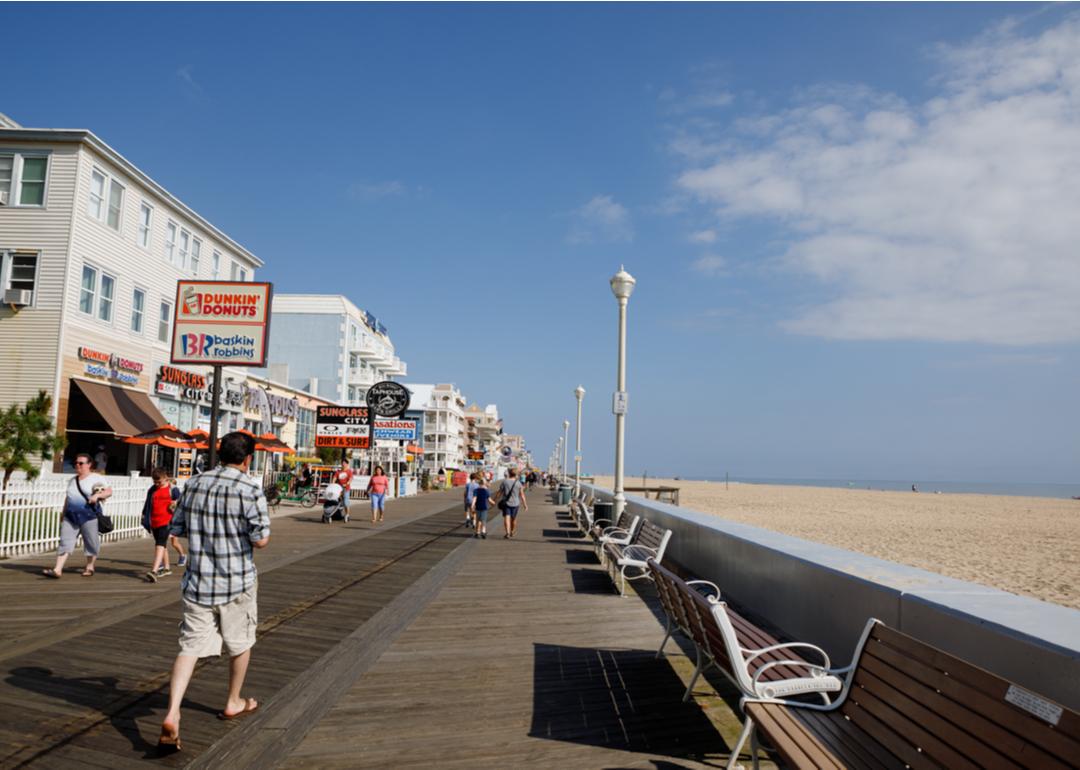
#23. Maryland
- Share of state population living in primary care shortage areas: 6.81% (419,597 people)
--- Share in high-need shortage areas: 2.98% (183,657 people)
--- Share in other geographic shortage areas: 3.83% (235,940 people)
- Among shortage area populations, 0.00% live in rural communities

#22. Missouri
- Share of state population living in primary care shortage areas: 7.17% (442,841 people)
--- Share in high-need shortage areas: 0.16% (9,807 people)
--- Share in other geographic shortage areas: 7.01% (433,034 people)
- Among shortage area populations, 49.52% live in rural communities

#21. Ohio
- Share of state population living in primary care shortage areas: 7.36% (865,695 people)
--- Share in high-need shortage areas: 2.82% (331,403 people)
--- Share in other geographic shortage areas: 4.54% (534,292 people)
- Among shortage area populations, 33.27% live in rural communities

#20. Georgia
- Share of state population living in primary care shortage areas: 7.48% (815,826 people)
--- Share in high-need shortage areas: 5.44% (593,797 people)
--- Share in other geographic shortage areas: 2.03% (222,029 people)
- Among shortage area populations, 53.85% live in rural communities
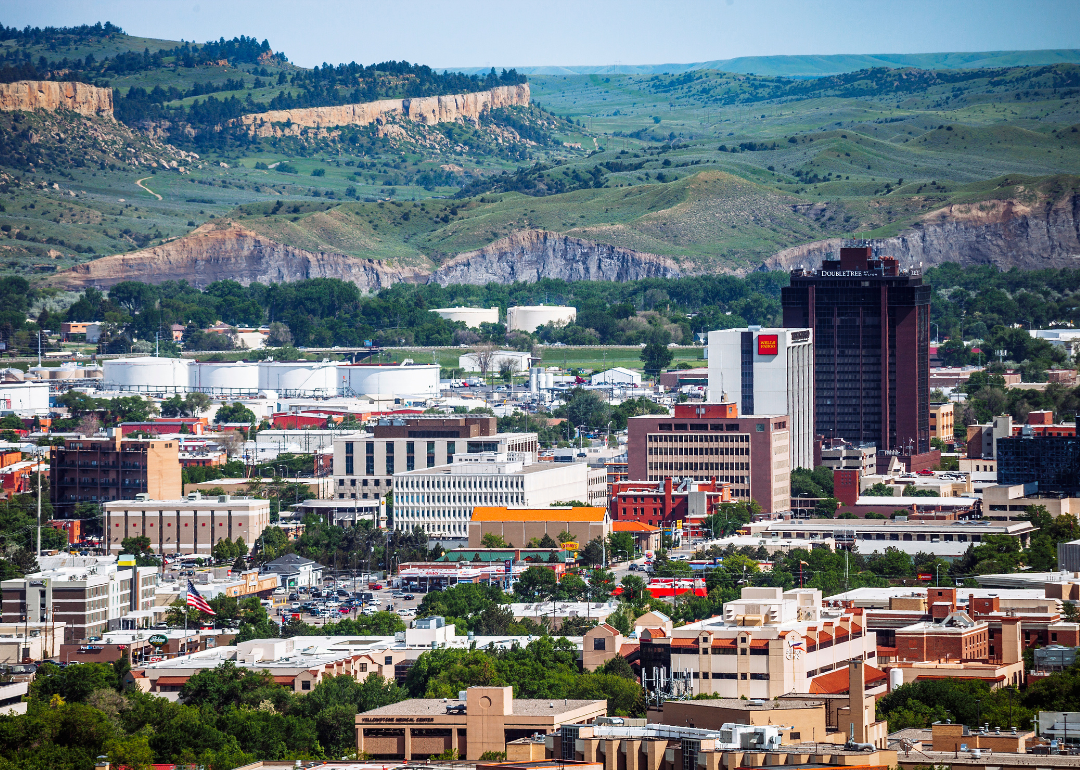
#19. Montana
- Share of state population living in primary care shortage areas: 8.23% (92,460 people)
--- Share in high-need shortage areas: None
--- Share in other geographic shortage areas: 8.23% (92,460 people)
- Among shortage area populations, 100.00% live in rural communities

#18. Kentucky
- Share of state population living in primary care shortage areas: 9.05% (408,210 people)
--- Share in high-need shortage areas: 7.26% (327,631 people)
--- Share in other geographic shortage areas: 1.79% (80,579 people)
- Among shortage area populations, 100.00% live in rural communities

#17. West Virginia
- Share of state population living in primary care shortage areas: 9.12% (161,967 people)
--- Share in high-need shortage areas: 1.18% (21,026 people)
--- Share in other geographic shortage areas: 7.94% (140,941 people)
- Among shortage area populations, 66.10% live in rural communities
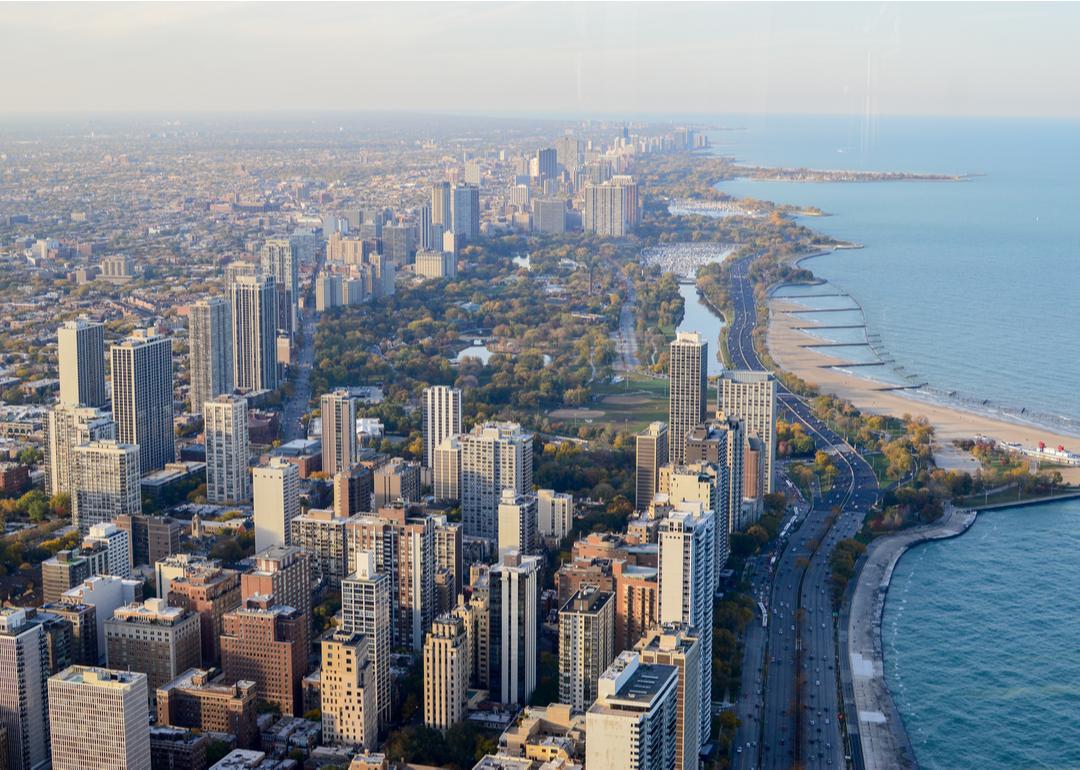
#16. Illinois
- Share of state population living in primary care shortage areas: 9.46% (1,190,636 people)
--- Share in high-need shortage areas: 0.51% (63,901 people)
--- Share in other geographic shortage areas: 8.96% (1,126,735 people)
- Among shortage area populations, 32.40% live in rural communities
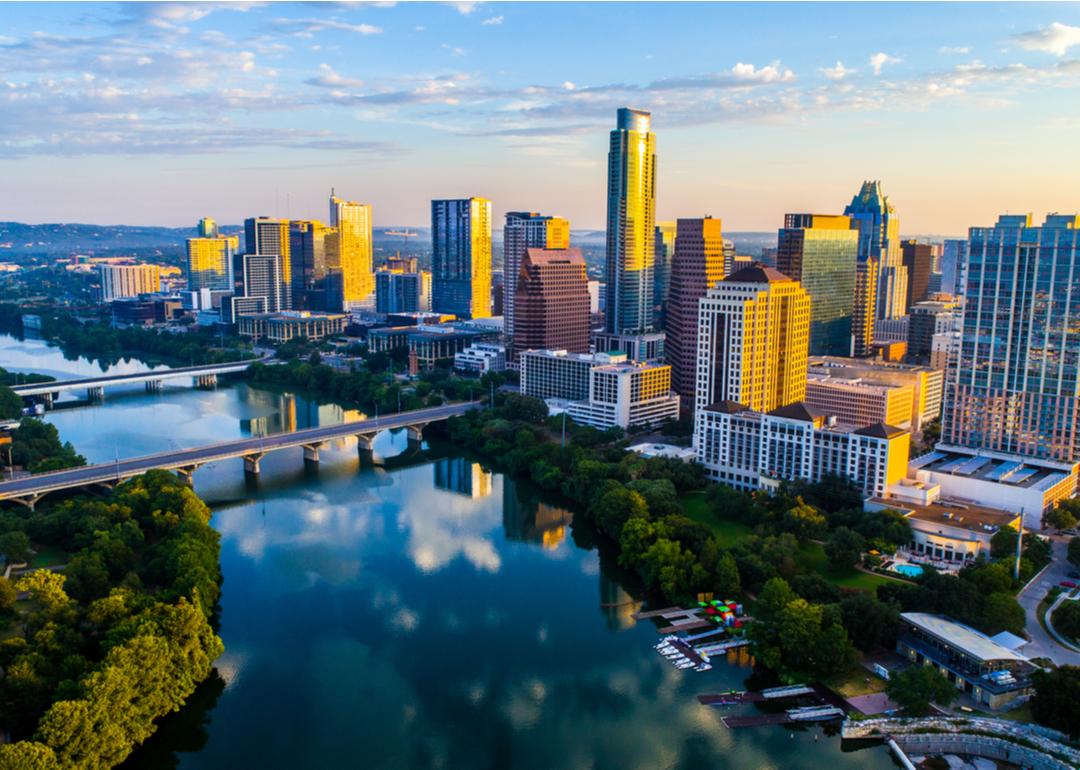
#15. Texas
- Share of state population living in primary care shortage areas: 10.10% (3,032,735 people)
--- Share in high-need shortage areas: 2.41% (722,483 people)
--- Share in other geographic shortage areas: 7.69% (2,310,252 people)
- Among shortage area populations, 51.84% live in rural communities

#14. Arizona
- Share of state population living in primary care shortage areas: 13.10% (964,071 people)
--- Share in high-need shortage areas: 4.43% (326,068 people)
--- Share in other geographic shortage areas: 8.67% (638,003 people)
- Among shortage area populations, 34.42% live in rural communities

#13. Virginia
- Share of state population living in primary care shortage areas: 13.16% (1,143,067 people)
--- Share in high-need shortage areas: 1.11% (95,965 people)
--- Share in other geographic shortage areas: 12.06% (1,047,102 people)
- Among shortage area populations, 82.62% live in rural communities

#12. Minnesota
- Share of state population living in primary care shortage areas: 13.44% (768,665 people)
--- Share in high-need shortage areas: None
--- Share in other geographic shortage areas: 13.44% (768,665 people)
- Among shortage area populations, 93.94% live in rural communities
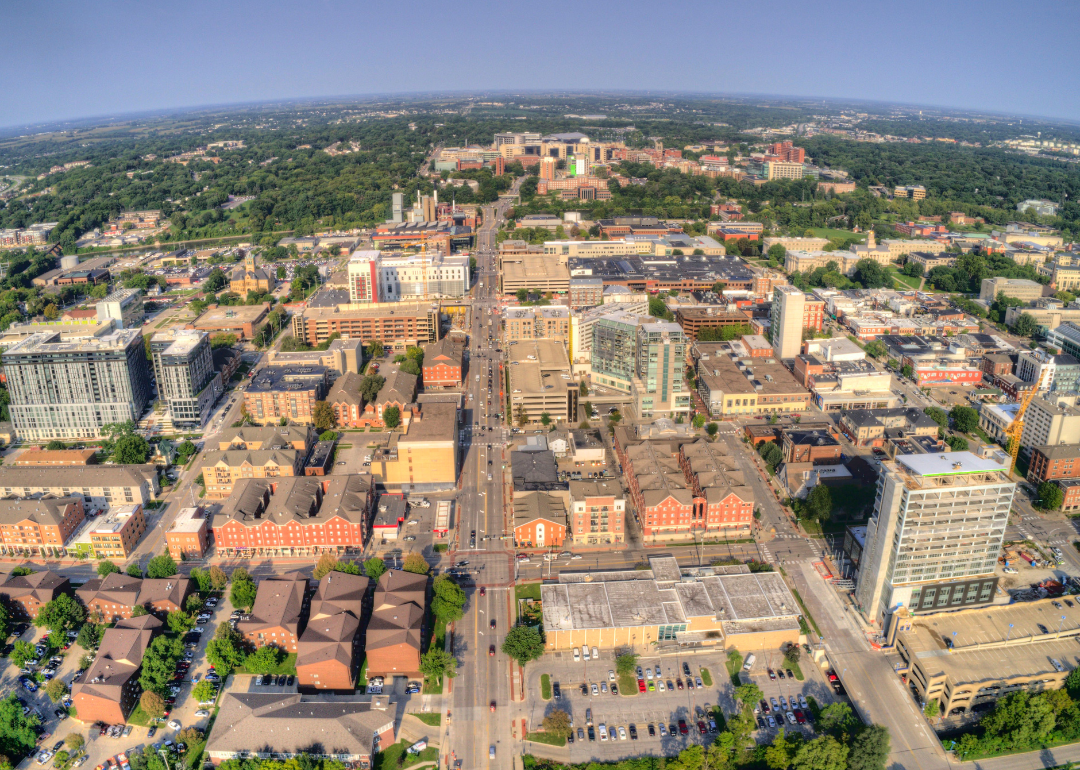
#11. Indiana
- Share of state population living in primary care shortage areas: 13.46% (919,711 people)
--- Share in high-need shortage areas: 2.16% (147,322 people)
--- Share in other geographic shortage areas: 11.30% (772,389 people)
- Among shortage area populations, 72.10% live in rural communities

#10. Alaska
- Share of state population living in primary care shortage areas: 14.73% (108,051 people)
--- Share in high-need shortage areas: None
--- Share in other geographic shortage areas: 14.73% (108,051 people)
- Among shortage area populations, 100.00% live in rural communities
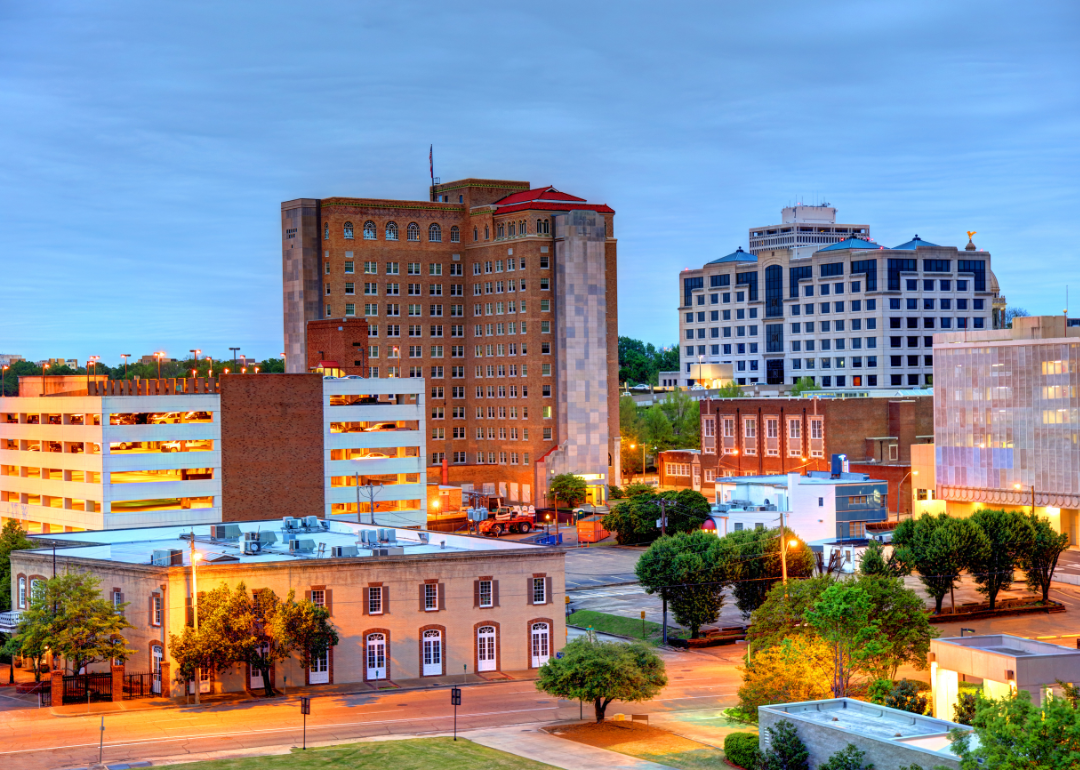
#9. Mississippi
- Share of state population living in primary care shortage areas: 15.13% (444,965 people)
--- Share in high-need shortage areas: 14.24% (418,763 people)
--- Share in other geographic shortage areas: 0.89% (26,202 people)
- Among shortage area populations, 100.00% live in rural communities

#8. Alabama
- Share of state population living in primary care shortage areas: 16.80% (852,409 people)
--- Share in high-need shortage areas: 8.92% (452,443 people)
--- Share in other geographic shortage areas: 7.88% (399,966 people)
- Among shortage area populations, 68.13% live in rural communities
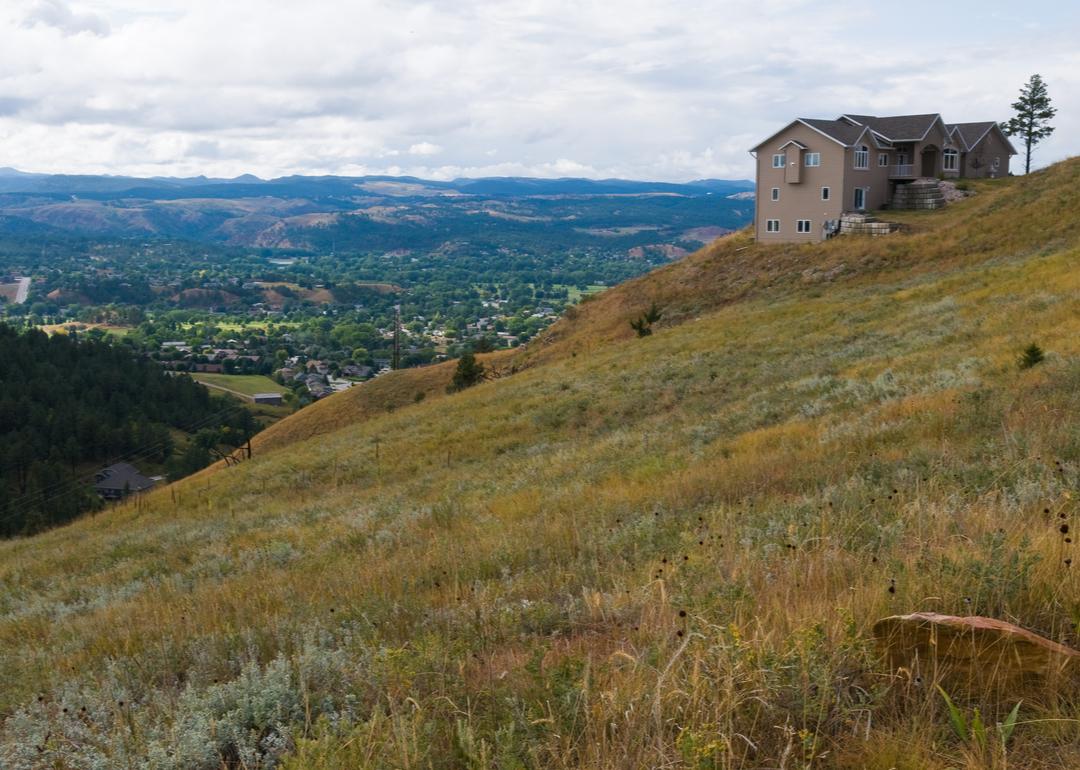
#7. South Dakota
- Share of state population living in primary care shortage areas: 17.39% (158,226 people)
--- Share in high-need shortage areas: 5.26% (47,887 people)
--- Share in other geographic shortage areas: 12.13% (110,339 people)
- Among shortage area populations, 83.00% live in rural communities

#6. Louisiana
- Share of state population living in primary care shortage areas: 17.80% (816,925 people)
--- Share in high-need shortage areas: 8.45% (387,854 people)
--- Share in other geographic shortage areas: 9.35% (429,071 people)
- Among shortage area populations, 43.74% live in rural communities
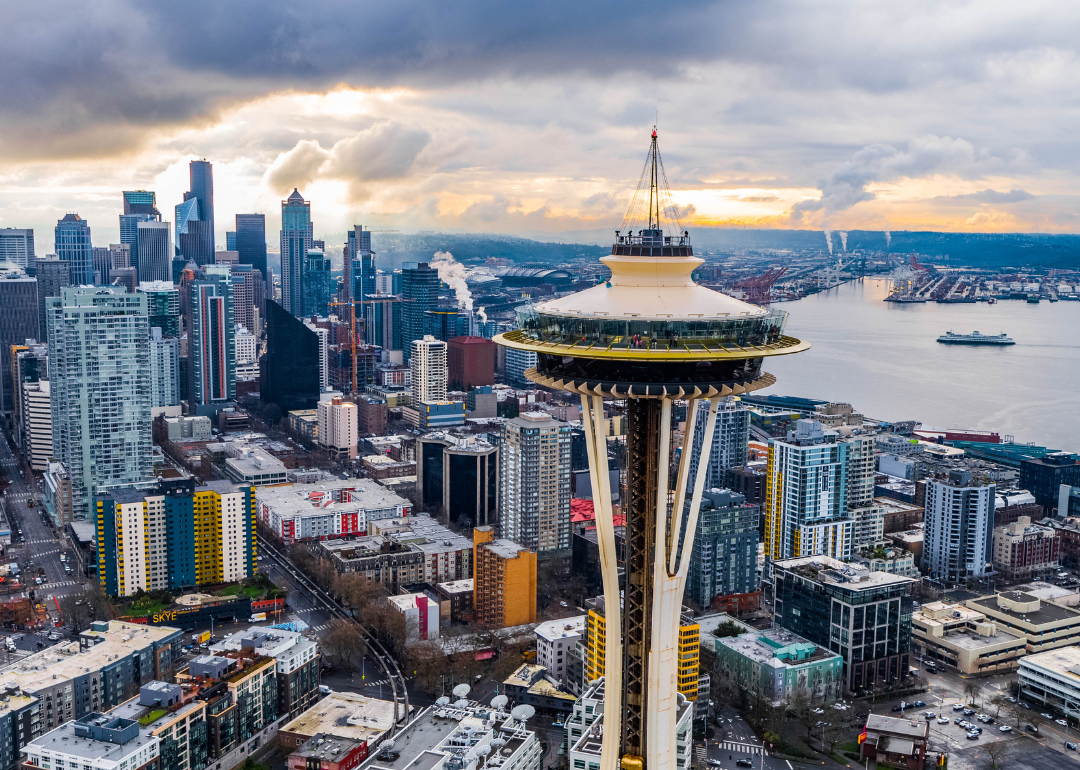
#5. Washington
- Share of state population living in primary care shortage areas: 17.81% (1,386,696 people)
--- Share in high-need shortage areas: None
--- Share in other geographic shortage areas: 17.81% (1,386,696 people)
- Among shortage area populations, 19.22% live in rural communities

#4. North Dakota
- Share of state population living in primary care shortage areas: 21.32% (166,135 people)
--- Share in high-need shortage areas: 0.86% (6,667 people)
--- Share in other geographic shortage areas: 20.46% (159,468 people)
- Among shortage area populations, 100.00% live in rural communities
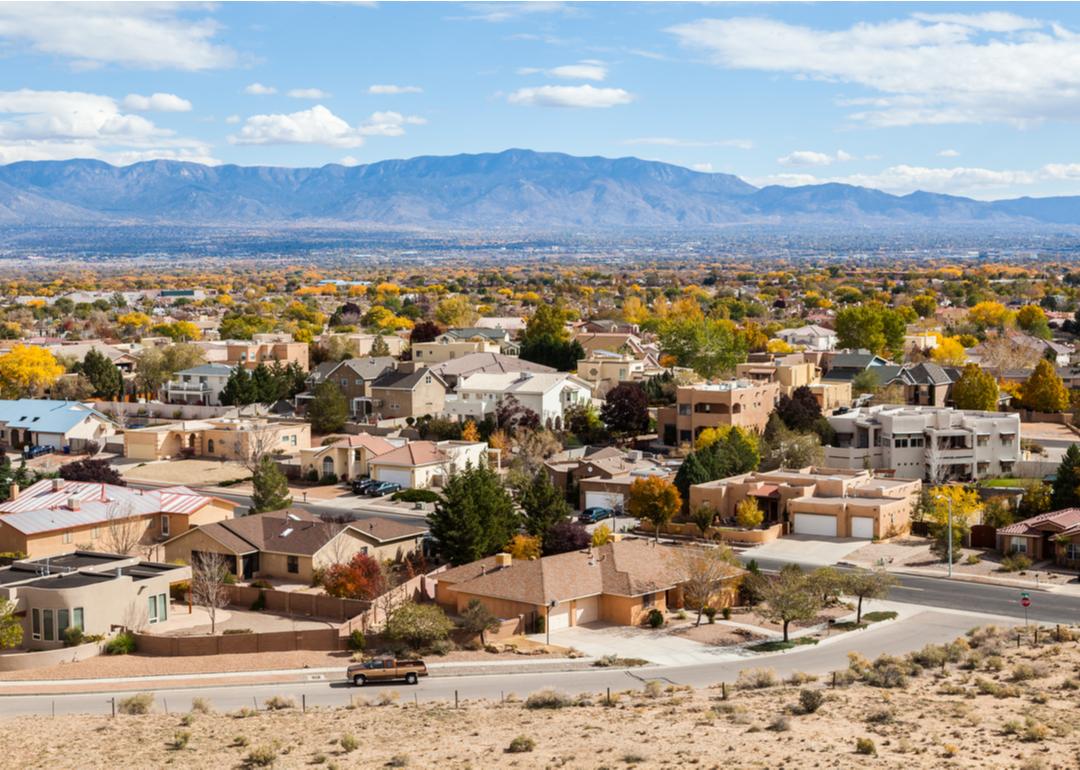
#3. New Mexico
- Share of state population living in primary care shortage areas: 26.61% (562,286 people)
--- Share in high-need shortage areas: 16.65% (351,884 people)
--- Share in other geographic shortage areas: 9.96% (210,402 people)
- Among shortage area populations, 67.36% live in rural communities

#2. Wyoming
- Share of state population living in primary care shortage areas: 27.35% (158,995 people)
--- Share in high-need shortage areas: None
--- Share in other geographic shortage areas: 27.35% (158,995 people)
- Among shortage area populations, 100.00% live in rural communities

#1. Hawaii
- Share of state population living in primary care shortage areas: 35.64% (513,312 people)
--- Share in high-need shortage areas: None
--- Share in other geographic shortage areas: 35.64% (513,312 people)
- Among shortage area populations, 52.09% live in rural communities



